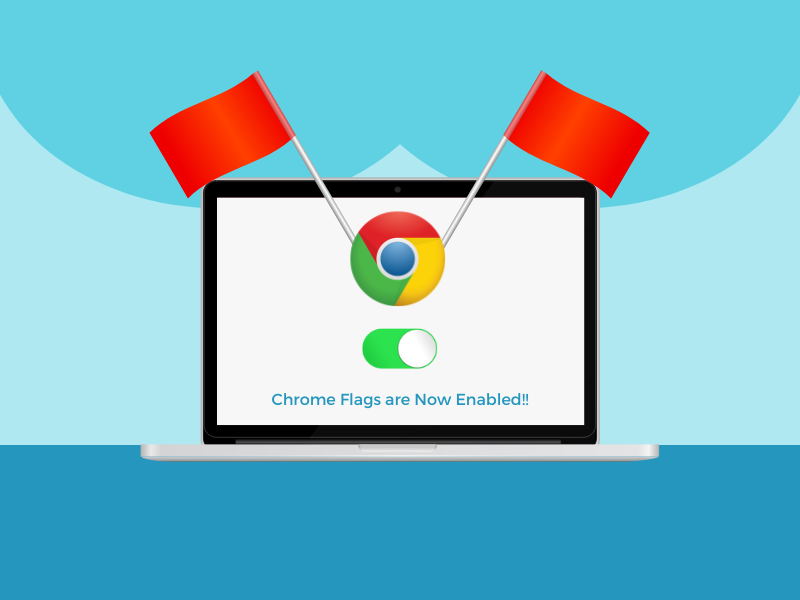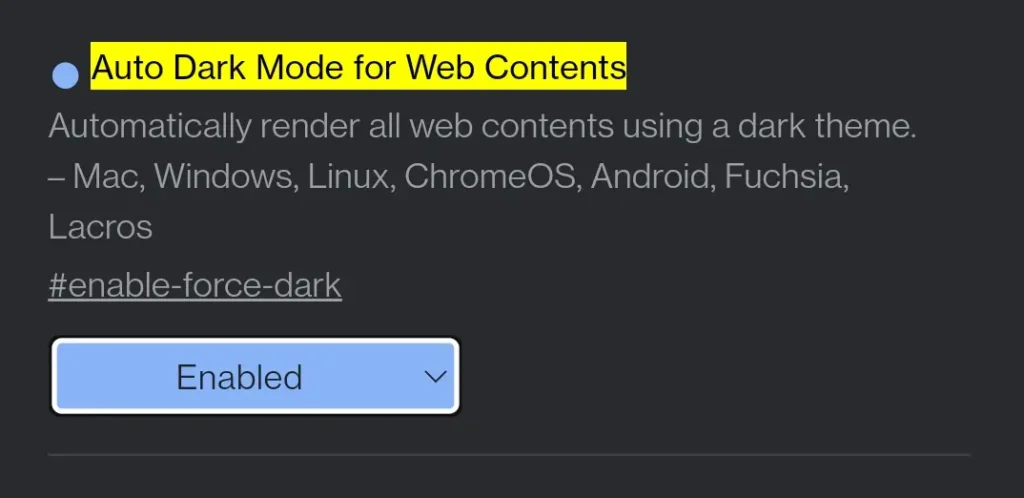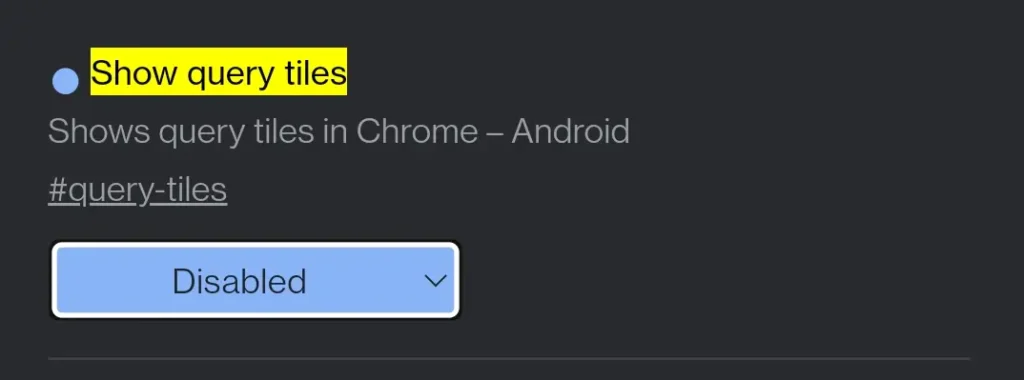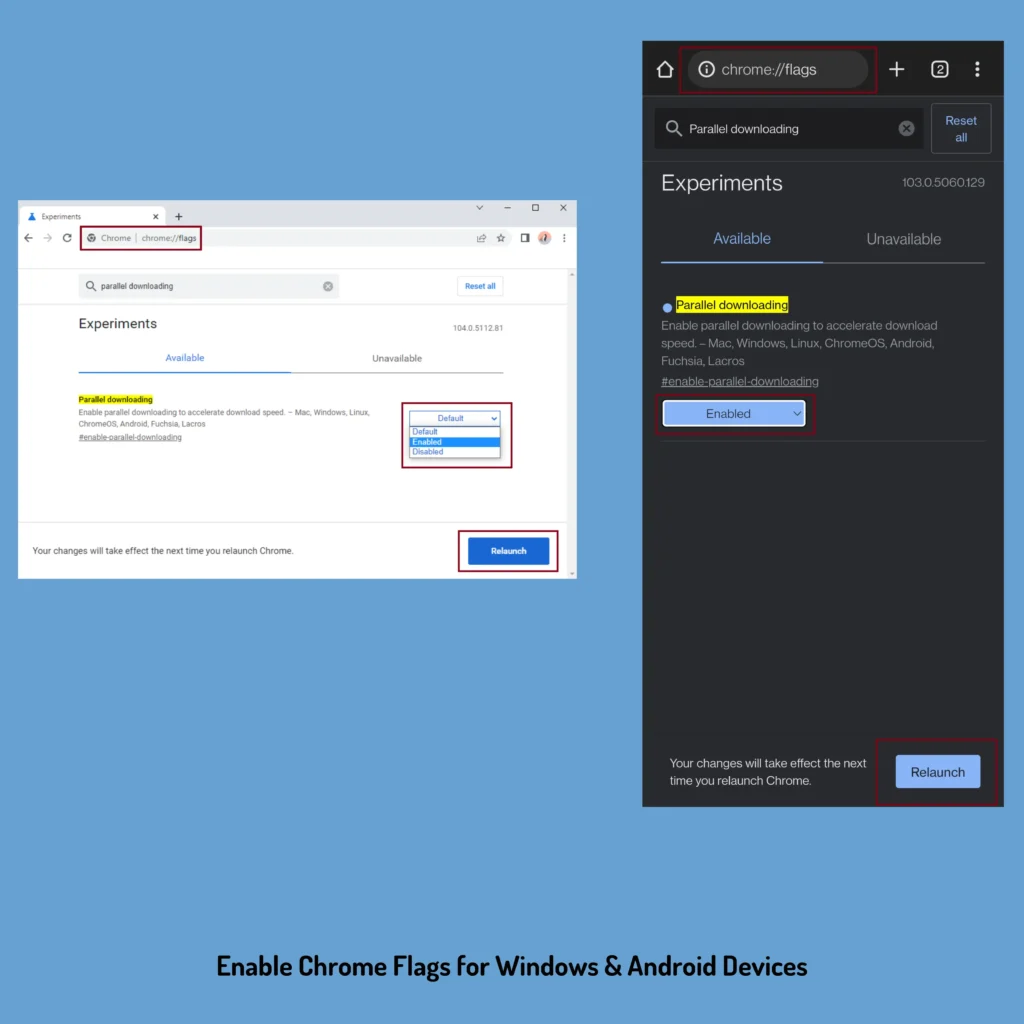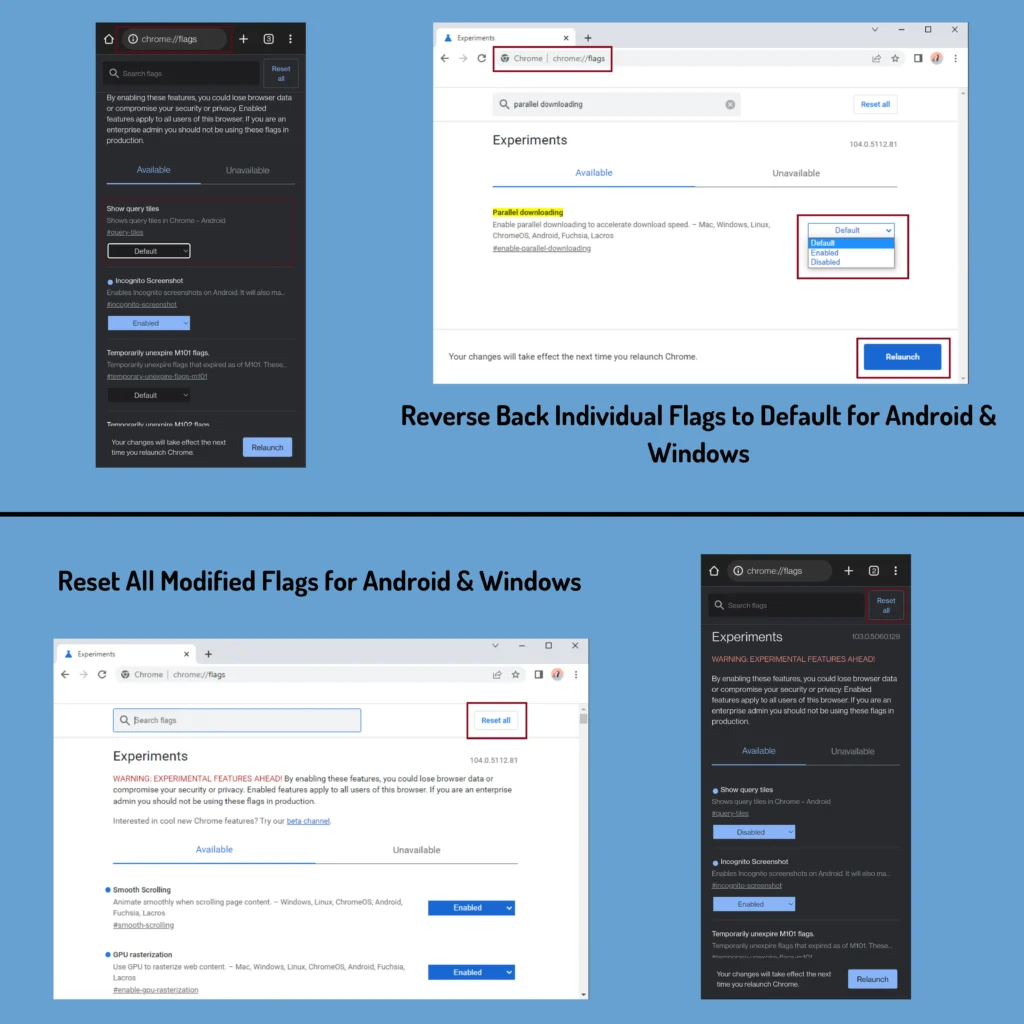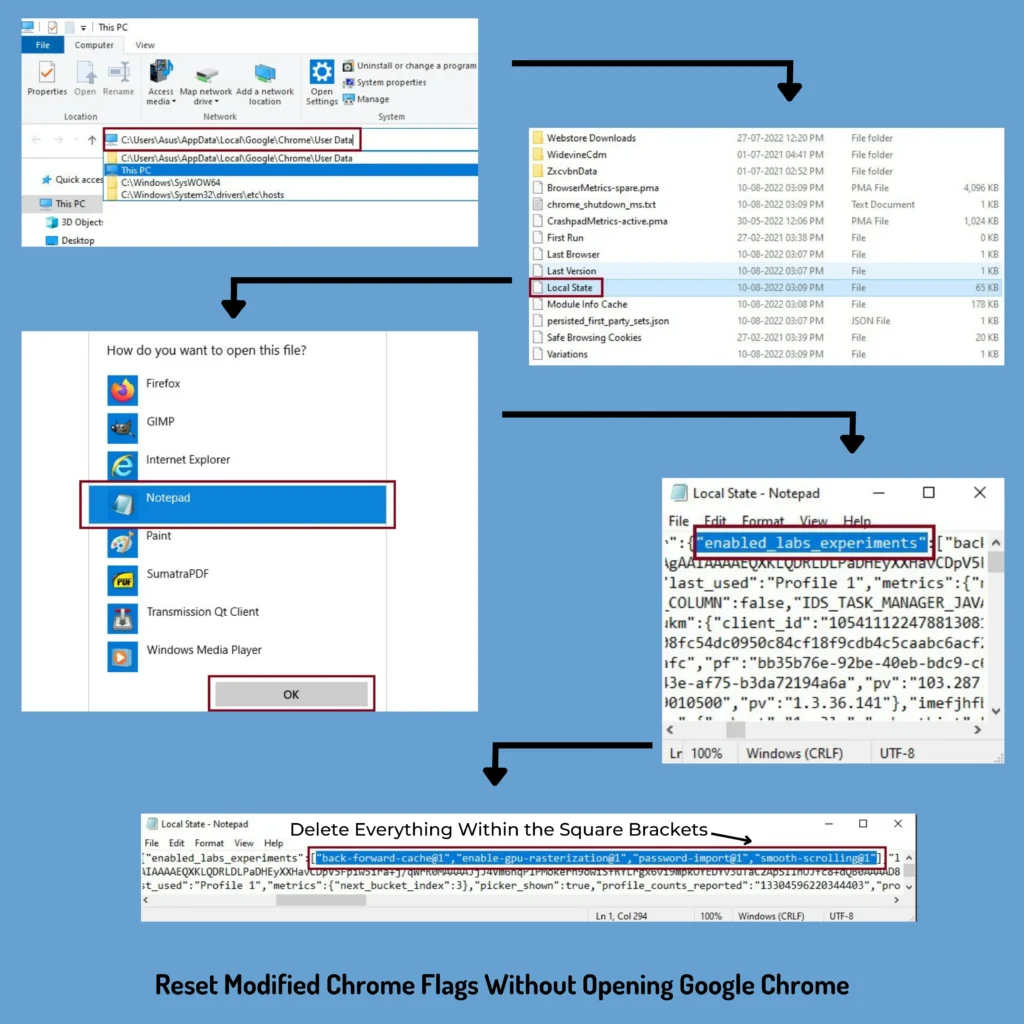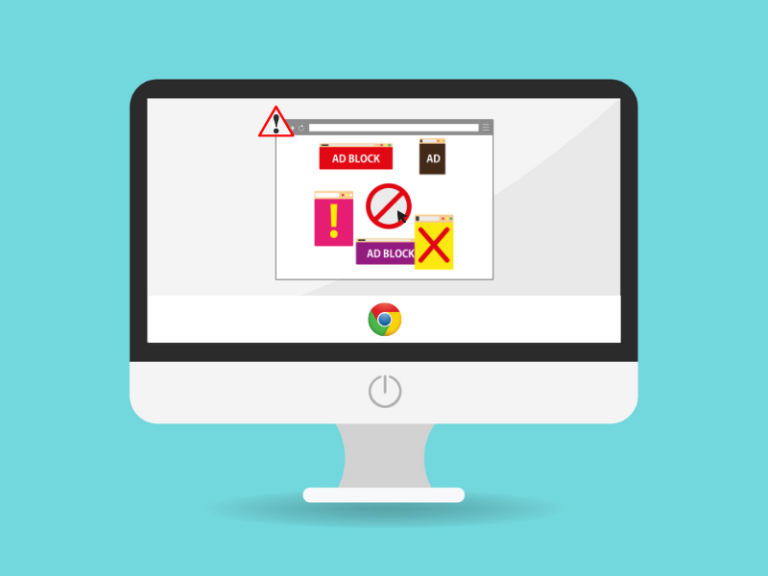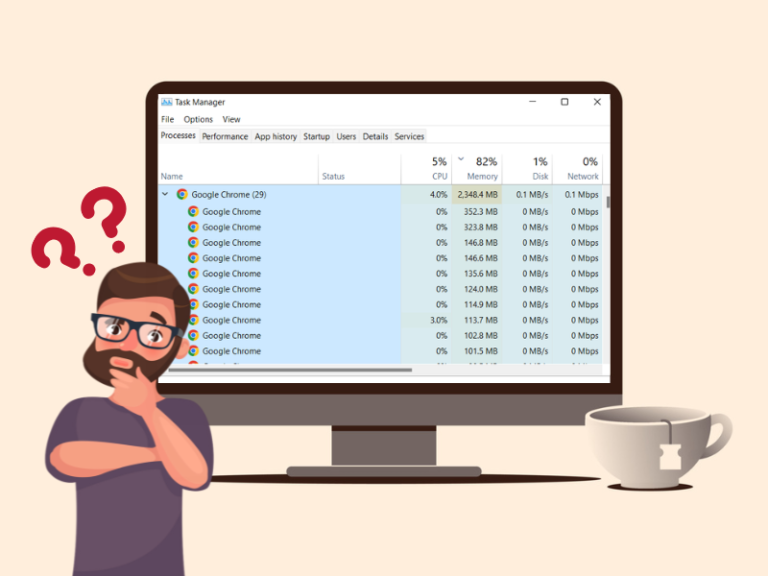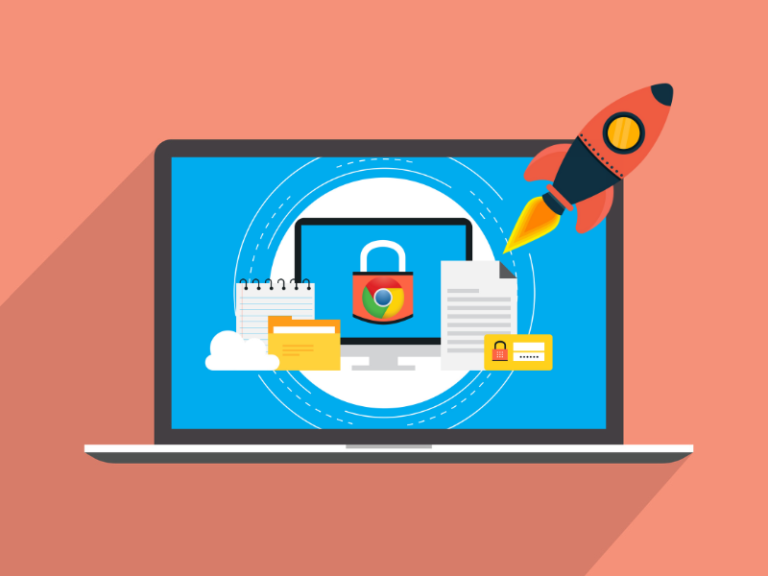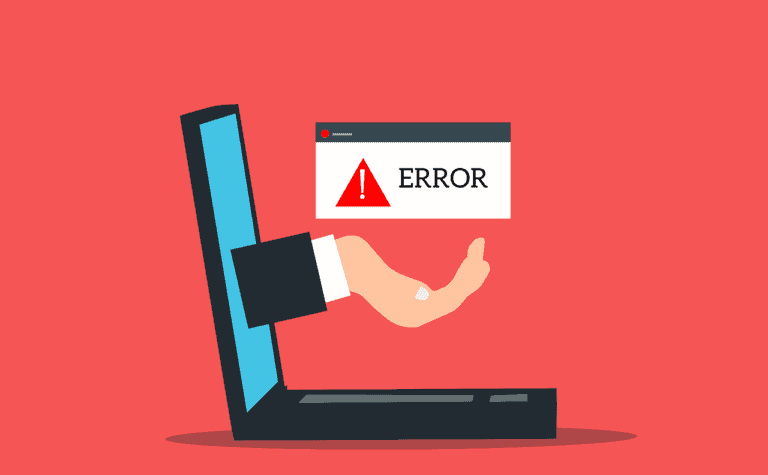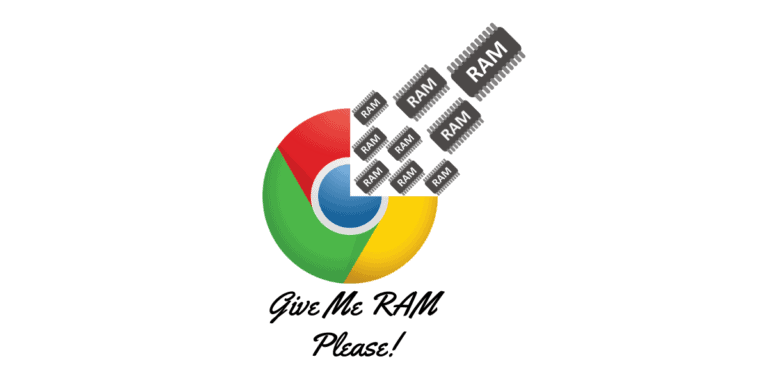Google Chrome has become the most used web browser for over the years. No doubt to say that Google Chrome is already feature rich yet it has a ton of hidden features. Chrome Flags helps us to enable this hidden feature and improve the overall Chrome experience. We have tested a variety of Chrome Flags both on Windows and Android devices. In this article we will share our experience about using these flags.
What are Chrome Flags?
Google Chrome Flags are experimental features that can improve the overall functionality of the browser. Before mainstreaming all the new features, Google Chrome allows users to opt in to Chrome Flags and use all the features. This way Google can understand which features are working well and worth mainstreaming.
It’s not necessary that every Chrome Flags you find inside the browser will be mainstream. In most of the cases these features become mainstream but we have also seen many Chrome Flags just simply removed by Google without making them mainstream.
What Can We Do With Chrome Flags?
There are a number of features that Chrome Flags can enable. However some Chrome Flags are device specific. So which functionality can be enabled for your Google Chrome will depend upon whether you are using an Android, Windows or a Chrome OS device.
We will discuss the top eight most useful Flags that are currently available for Google Chrome. Please keep in mind that if you are reading this article after a few years from now you might not get all the features inside the Flag section that we will discuss here, some of these may become mainstream by then or for any reason Google may reverse back some Flags. Whatever the case will be, from the list that we will discuss below will surely give you an idea how flags can help to deliver better functionality from Google Chrome.
Increase Download Speed: What could be more interesting if you are able to download anything faster? Chrome Flag “Parallel Downloading” helps us to do so. However if you are actually facing a slow download speeds issue on Google Chrome, we have a complete article that can help you to increase download speed.
Import Passwords: By default Google Chrome does not have the ability to import backup passwords. As the name suggests “Password Import” Flag helps us to implement the functionality of importing backed up passwords on Chrome Browser. If you want to know other methods of importing passwords into Google Chrome, this article can be helpful for you.
Dark Mode for Web Content: Dark mode for Android Devices has become a trend these days. However, Android’s dark mode does not allow the web pages to become darker. Chrome Flag “Auto Dark Mode for Web Content” can solve the issue for most of the cases.
Smooth Scrolling: Sometimes you may have faced sluggish scrolling on social media or for any other web pages, Chrome Flag “Smooth Scrolling” can help to solve that.
GPU Rasterization: By default Chrome does not use much GPU and primarily depend upon CPU to process any images or data. But if you have a graphics card you can enable Chrome Flag “GPU Rasterization” and split the processing in between CPU and GPU. This way you can reduce the load on the CPU and speed up Google Chrome. This feature can be very handy for any device with any budget devices.
Faster Navigation Inside Websites: If you are someone who spends hours on social media and need to toggle between various web pages for the web website then Chrome Flag “Back-forward cache” can provide you better experience.
Remove Adverts and Recommendations from Chrome Home Page: For the Android users, Chrome’s default home page is full of Adverts and recommendations, If you are someone who wants to have an undistracted home page experience, then Chrome Flag “Show Query Ties” can be super useful. By disabling this you can remove all the unwanted recommendations and adverts on Chrome’s home page.
Take Screenshot on Incognito Mode: On Android devices by default Chrome does not allow users to take screenshot in incognito Mode. But if you use Chrome’s Incognito Mode often and want to take a screenshot inside it, you can turn on “Incognito Screenshot” Flag and easily take screenshots on Incognito Window.
These are the eight Chrome Flags that we use on a daily basis to increase our productivity. There are a lot more useful flags available for Chrome Browser, you can check the description of any other Flags and modify as per your needs.
So if you are a tech enthusiast and want more from Google Chrome then you might be wondering how to enable or disable all the available Chrome Flags? No worries, we got that too!
How to Enable Chrome Flags for Any Devices?
Whatever device you are using, the process of enabling any Chrome Flag will be the same. Here we will use a Windows Device to explain the process.
- Open Google Chrome on your device.
- Type chrome://flags in the address bar, this will bring you to Chrome’s Experiments tab where you will find all the Flags that are currently available.
- In the search bar type for the specific flag. For example we are taking the “Parallel Downloading” Flag.
- Click on the dropdown beside the Flag’s description.
- Change it to Enable from Default.
- Chrome will give a pop up to restart the browser for activating the Flag.
- Restart the browser and you are done.
If you are using any devices other than Windows operating system, just install and open Chrome Browser on that platform then type chrome://flags on the address bar, rest of the steps are the same.
Now that you have already known much about Chrome Flags, you might be wondering if these are safe to use? Let us discuss that as well.
Are Chrome Flags Safe to Use?
According to Google, Flags are experimental features and can compromise with your privacy and security. Google also warns that Chrome Flags can be unstable and can be the reason for your browser becoming crashing frequently. But from a practical perspective we have barely found any such issues.
Every feature that Chrome Flags can enable is still in testing phases so there can always be some loopholes inside it. Hence, it is very obvious for tech giants like Google to warn us about it even if the probability of encountering such a scenario is less than 1%.
To provide a frank opinion, if these Flags are that much unstable or vulnerable to security and privacy flaws then Google would never give us the option to opt these inside their stable channel, they will limit these up to their developer build.
And lastly coming to its safety, if somewhere around 85% to 95% is a good percentage for you, then yes they are safe otherwise you can wait until Google makes these features mainstream. Besides after enabling Chrome Flags if you find any frequent crashes or other issues for Google Chrome, you can easily reset the specific ones or can reset all to their default values.
How to Reset Chrome Flags?
Whether you are using an Android or a Windows device, the process of resetting Chrome Flags is the same, follow the steps below to disable or reset Chrome Flags.
- Open Chrome Browser from your device.
- Type chrome://flags in the address bar and hit enter.
- To disable any specific Chrome Flag, Search for it by using the search bar then from the drop down select the value as Default and restart the browser.
- If you want to reset all the changes that you have made inside Chrome Flags then there is a dedicated button named “Reset All”. Click on it and restart the browser, all Flags will be reset to their default values.
There can be very rare scenarios where you might have encountered a very unstable Chrome Flag that leads to frequent crashes of the browser and even you are unable to go to the Flag tab to identify and disable it. What will you do in such cases?
In such cases, you can always uninstall and opt out of saving browser settings and again install the browser. But this can’t be the optimal solution as you may lose your important browsing data while uninstalling it. However, for Android and Chrome OS Devices you have no option other than uninstalling the application but there is a process for Windows Devices that can turn off all the modified Flags without uninstalling Google Chrome.
What to Do If You are Unable to Open Google Chrome on a Windows Device After Enabling Some Chrome Flags?
If you are facing frequent crashes after modifying one or few Chrome Flags and unable to disable it from inside of Chrome Browser then follow the steps below to reset them by using windows file manager.
- Open Windows Explorer and type C:\Users\User_Name\AppData\Local\Google\Chrome\User Data and hit enter (provide your device’s username)
- Double click and open the file named “Local State” using Notepad or any other third party text editor.
- Inside Notepad search for “enabled_labs_experiments”.
- This section will contain all the modified Chrome Flags, inside [ ] and the individual entries are separated by a comma.
- You can delete a specific entry from there or if you are unable to recognise the specific Flag that you want to reset, delete everything in between the square brackets and save the file.
- Now try to open Google Chrome, if the actual crashing problem is caused by the Flags then the problem will be solved.
Even if after resetting all modified Flags, the problem persists then the problem is different altogether, then you can refer to this article to troubleshoot the issue.
The Conclusion
By now you surely have a clear picture of the Chrome Flags and their usability. Like the majority If you are someone who is ok with the default Chrome’s features and can wait for these experimental features to become live, then stick to your plan.
However if you are someone who wants to do some experiments with your browser then you should give Chrome Flags a try. As we have said earlier, for practical usage we haven’t found any major issues while using these. So even if you are unlucky and find any issues after modifying a Chrome Flag, you still have the option to reset it.
Let us know how your experience has been if you have used these flags earlier. We’d love to hear.

